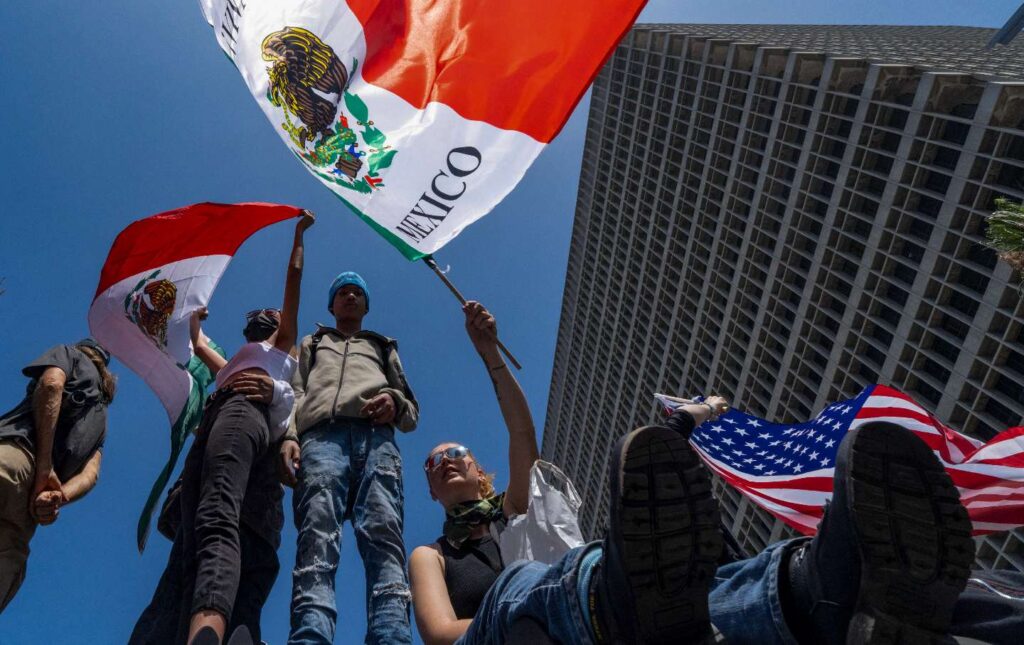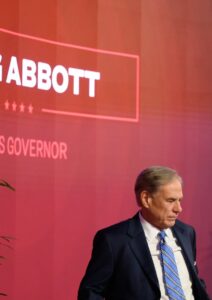July 8, 2025
From the City to the Suburbs, First-Time Protesters Are Showing Up
By Nic Wong
Here’s how the protests against President Trump and increased ICE raids have affected communities and galvanized residents in and around Los Angeles, California.

Over the past few weeks, California has become the frontline for organizing against the Trump administration’s sweeping immigration crackdown, with the deployment of 2,000 National Guard troops and over 700 US Marines to mostly peaceful protests across Los Angeles. The No Kings! protests on June 14 coincided with an orchestrated Army parade in Washington, DC, on Donald Trump’s birthday. The day before, a federal judge ruled that President Trump’s takeover of the California National Guard was unconstitutional and ordered control returned to Governor Gavin Newsom. But within hours, a federal appeals court issued an emergency stay, allowing Trump to retain command as thousands of troops remained deployed across the city. We asked two student writers to briefly report on the protests in and around Los Angeles.
From the sky, Southern California this week looks like a sea of swelling protest zones—coastlines jammed with rallies, from Santa Monica to Downtown Los Angeles. But zoom into the patchwork between the liberal edges and conservative flanks, and a surprising outlier emerges: Whittier.
Whittier, one of Los Angeles County’s first suburbs, is better known as the Quaker-founded hometown of President Richard Nixon than a site for organized protest. But on the ground, Whittier’s protest told a different story: one of civic reawakening, cross-neighborhood solidarity and a multilingual defiance in a place that hadn’t seen this kind of movement in decades.
Thousands of Whittier residents spilled out onto the tree-lined boulevards to join the chorus of the thousands of No Kings! demonstrations rippling across the nation. Many said it was the first time they’d protested anything. The No Kings! protest in Whittier was small by downtown LA standards, but significant in what it revealed. As Trump’s policies fuel unrest across the nation, a wave of protests pierced deep into places once considered unlikely terrain for dissent.


